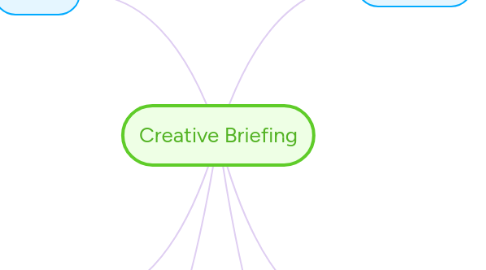Creative Briefing
Charlotte Jobsonにより


1. The Brief
1.1. Who is the target audience?
1.2. What is the message?
1.3. What vehicle is being used?
1.4. What is being sold?
1.5. What are the features/advantages/benefits?
1.6. Prospects to do?
1.7. What is in it for prospects?
1.8. Where will the message be?
1.9. When will the message appear?
1.10. When will the message be received?
1.11. When is everything required?
1.12. What is the budget?
1.13. What are the constraints?
1.14. What worked/Didn't work?
1.15. Who is in charge?
2. Review Against
2.1. AIDCA; DAGMAR; Objectives; target audience; response mechanism; barriers to response; creative guidelines; offer; brand/dual purpose
3. NASH 5 C's
3.1. 1. Concentration - Small ad with one element pulls better
3.2. 2. Cohesion - Brand, product, position, offer
3.3. 3. Convention - Semiotics: font, illustration
3.4. 4. Contrast - Impact on page
3.5. 5. Convection - Each element works together
4. Consisting of
4.1. 1. Introduction
4.2. 2. Objectives
4.3. 3. Product
4.4. 4. Target Market
4.5. 5. Offers
4.6. 6. Media
4.7. 7. Support
4.8. 8. Restrictions
4.9. 9. Tone of Voice
4.10. 10. Competition
4.11. 11. Budget
4.12. 12. Timing
4.13. 13. Future
4.14. 14. Approval
5. How to Take a Brief
5.1. Research
5.1.1. Helps prevent better DM creative; up front; in stages according to creative process; include competitors as a control; forewarned is forearmed
5.2. Creative Process
5.2.1. Interrogate the process; interrogate target market; interrogate competition; marry product to market; develop offer messages; develop personality; draw up concepts; review; production
